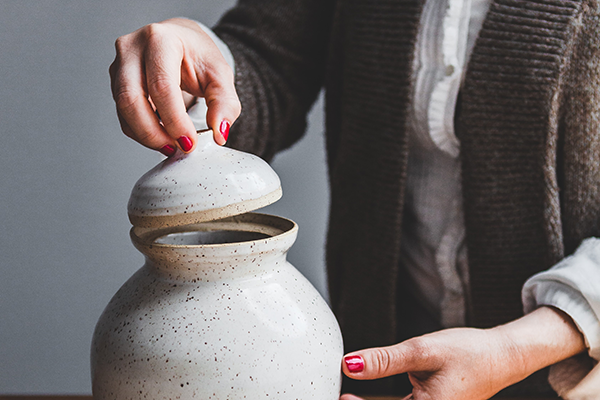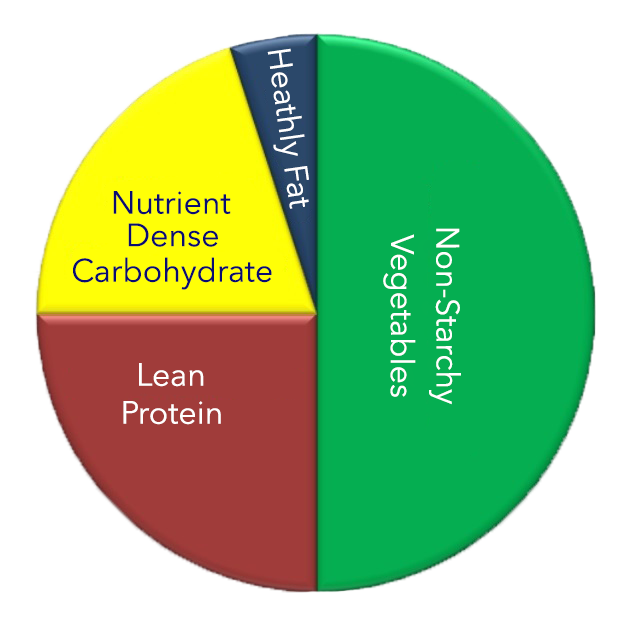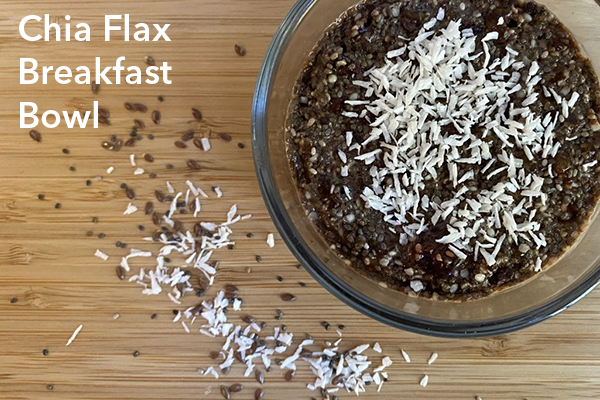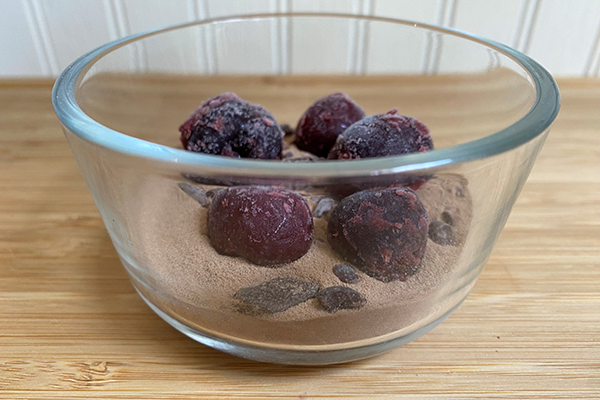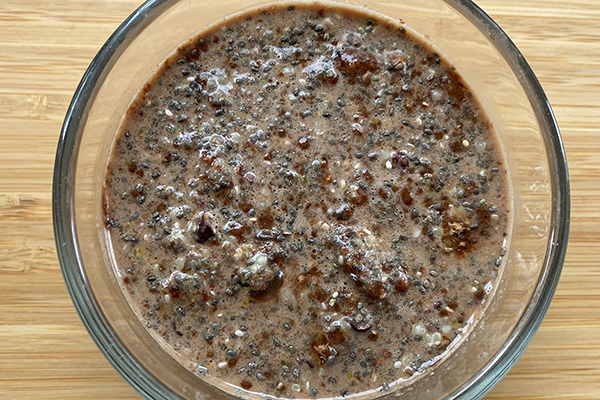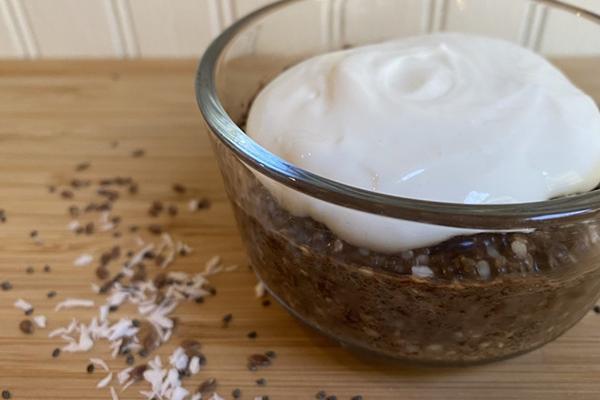Do you have a love-hate relationship with cookies, chocolate, potato chips, fill-in-the-blank? It’s important to know that there is nothing inherently wrong with you if you crave these foods. In fact, there’s plenty of science that explains why we reach for sweet, salty or savory foods over and over, but doing this may be getting in the way of your health goals. Read on for some background on the addictive qualities of certain foods and how to set the stage to reduce food cravings.
Tips for taming that sweet (or savory) tooth. #saslife Click To TweetThe Science
There are certain foods that seem irresistible to many of us, with sweets at the top of that list. Sugar’s addictive qualities result from the release of opioids and dopamine and the drop in these levels when it’s no longer in our system. In fact, some animal research suggests that sugar can be more addictive than drugs like cocaine due to its impact on the reward center of the brain.
If you are drawn more toward savory or salty foods than sweets, this applies to you too. Starchy foods often associated with these flavors (bread, pasta, potatoes, chips, crackers, etc.) break down into sugar, so they can essentially have the same addictive qualities as sugar. This human study provides evidence that highly processed foods high in glycemic load (sugar or starch) and fat are particularly associated with "food addiction." While the label of food addiction is controversial, evidence implicates processed foods with added sweeteners and fats as having the greatest addictive potential. And you can bet that food manufacturers have been using that information for years as they design foods based on the “bliss point,” the exact combination of sugar, fat and salt to hijack our reward center and keep us coming back for more.
Not surprisingly, some research suggests that food cravings are associated with lower quality diets, longer eating intervals and more frequent eating. Since this study shows association, it doesn’t prove that poor diet quality causes the cravings. Based on what we know about sugar’s and carb’s effect on hormones, energy and brain chemistry, a positive feedback loop seems likely — processed carbs increase cravings for carbs, person eats more carbs, and so on.
Not only do these foods produce a physiological desire for them, but comfort foods also help us cope with stress. There is a biological component to emotional eating because stress hormones influence our brain’s reward center and increase our drive to eat high energy, low nutrient, highly palatable foods.
If it sounds like the odds are stacked up against you, as a person whose brain circuitry loves some sweets and processed carbs, I can assure you that there is hope to gaining control over the cravings.
Strategies for preventing a roller coaster of cravings
Setting the stage to avoid intense cravings begins with a strong physical and emotional foundation. The following guidelines, starting with a balanced plate and balanced eating pattern, should help.
- Eat breakfast. For many people, delaying eating in the morning leads to increased cravings later on. Being busy often causes people to ignore their hunger. If you skip breakfast, pause several times throughout the morning to determine if you are physically hungry, and eat a balanced meal if you are.
- Balance your plate. Get enough protein (25-30 g per meal), fiber (at least 5 g per meal and 21-38 g per day for adults depending on gender and age), and some healthy fat with each meal.
- Limit sugar, starch and processed food, and consider your total carbohydrate intake. Everyone’s threshold of carbohydrates that starts the rollercoaster of hunger and cravings is different. You might need to reduce your portions of carbs to reduce cravings.
- Reduce sugar over time. Perception of sweetness can change over time. If you add sweeteners to things (coffee, desserts, etc.), cut the amount by 10-25% every 3 weeks, and you may find that you don’t miss the added sweetness. This decrease may even help reduce cravings as your blood sugar becomes better regulated.
- Keep tempting foods out of sight, maybe even out of the house. For most people seeing the foods they crave makes them much harder to resist. It can be dicey when family members have different ideas about foods, so if others in your house feel strongly about keeping these foods, they should be stored out of sight. And, if you have been the one buying these foods, have someone else in the household purchase them instead to help you put mental distance between you and those trigger foods.
- Prioritize sleep. Lack of good quality sleep can lead to increased cravings. Check out these nutrition strategies for a good night’s sleep and tips for eating and exercising your way through a sleep-deprived day.
- Find healthy ways of dealing with stress and incorporate some mindful eating practices. If the frequent use of food or substances as a coping mechanism is a concern for you, consider reaching out to an expert to learn healthy ways to deal with the underlying issues. The Work/Life Center also works with employees and their families to help connect them to local resources.
Because it may take a bit of time to make the changes to reduce food cravings, also consider these tips for dealing with cravings in the moment.
Approach changing your behaviors related to cravings the same way you tackle other behavior changes. Check out these habit building hacks for more ideas.
Chia Flax Breakfast Bowl
Makes 1 serving
PRINT RECIPE
This easy breakfast option is high in fiber and has with plenty of healthy fats and protein. Have it alone or as part of a larger breakfast to start your day off satisfied.
Ingredients
2 Tbsp ground flax
1 Tbsp chia seeds
1 Tsp shelled hemp seeds (optional)
1 scoop protein powder or collagen peptides or protein powder* (or ½ of each)
Up to ¼ cup frozen fruit, 1 Tbsp dried fruit or a combination (I used frozen cherries.)
½ - 1 tsp cacao nibs (optional)
¼ cup milk of choice (used Elmhurst walnut milk)
Optional toppings: unsweetened coconut flakes, plain Greek yogurt, crushed nuts, etc.
Directions
1. Measure out all dry ingredients and fruit into a 1 cup glass container with a lid.
2. Add milk and stir well. (If you use a butter knife instead of a spoon to stir, you’ll get less sticking to the utensil.) Make sure all dry ingredients mix with the milk. It should be a pancake batter consistency. Add more milk as needed.
3. Cover container and refrigerate 4-6 hours or overnight.
4. Add your toppings of choice and enjoy.
Notes:
*For this recipe I used a combination of Ancient Nutrition Chocolate Bone Broth Collagen Protein and Vital Proteins Collagen Peptides. (If you use unflavored protein powder, consider adding some cacao powder, cinnamon, a drizzle of maple syrup and/or a little more fruit for extra flavor.)
Make several containers at once for breakfasts all week, and adjust the measurements according to your preferences (or better yet, save some time and skip the measuring altogether). Once you add milk, eat within 3 days. (Dry ingredients mixed together will stay fresh longer.) When you are ready to eat, if texture is thicker than you like, you can mix in more milk a few minutes before eating.
